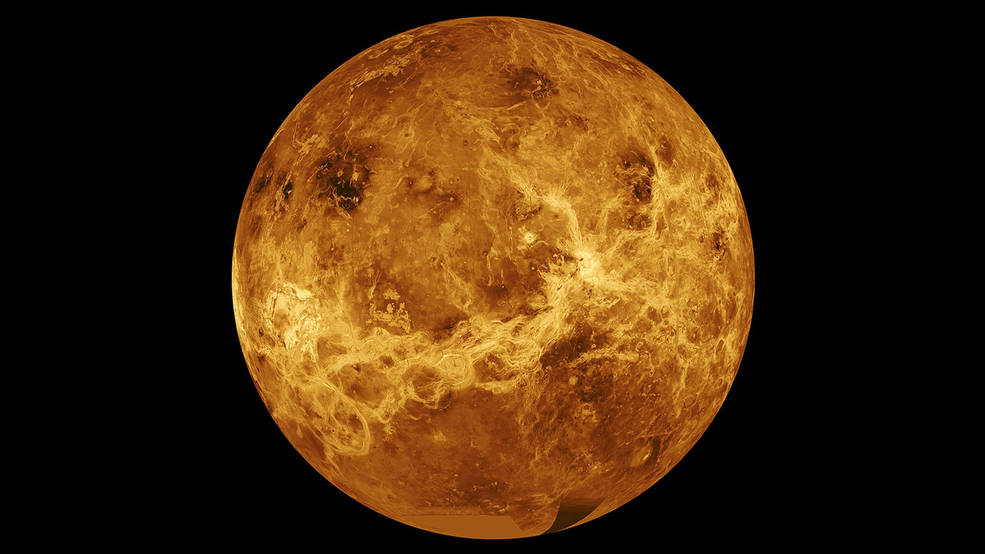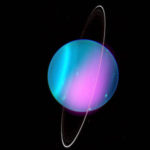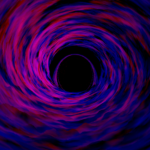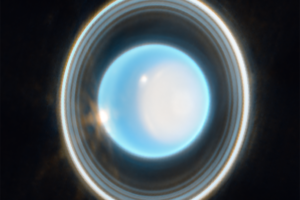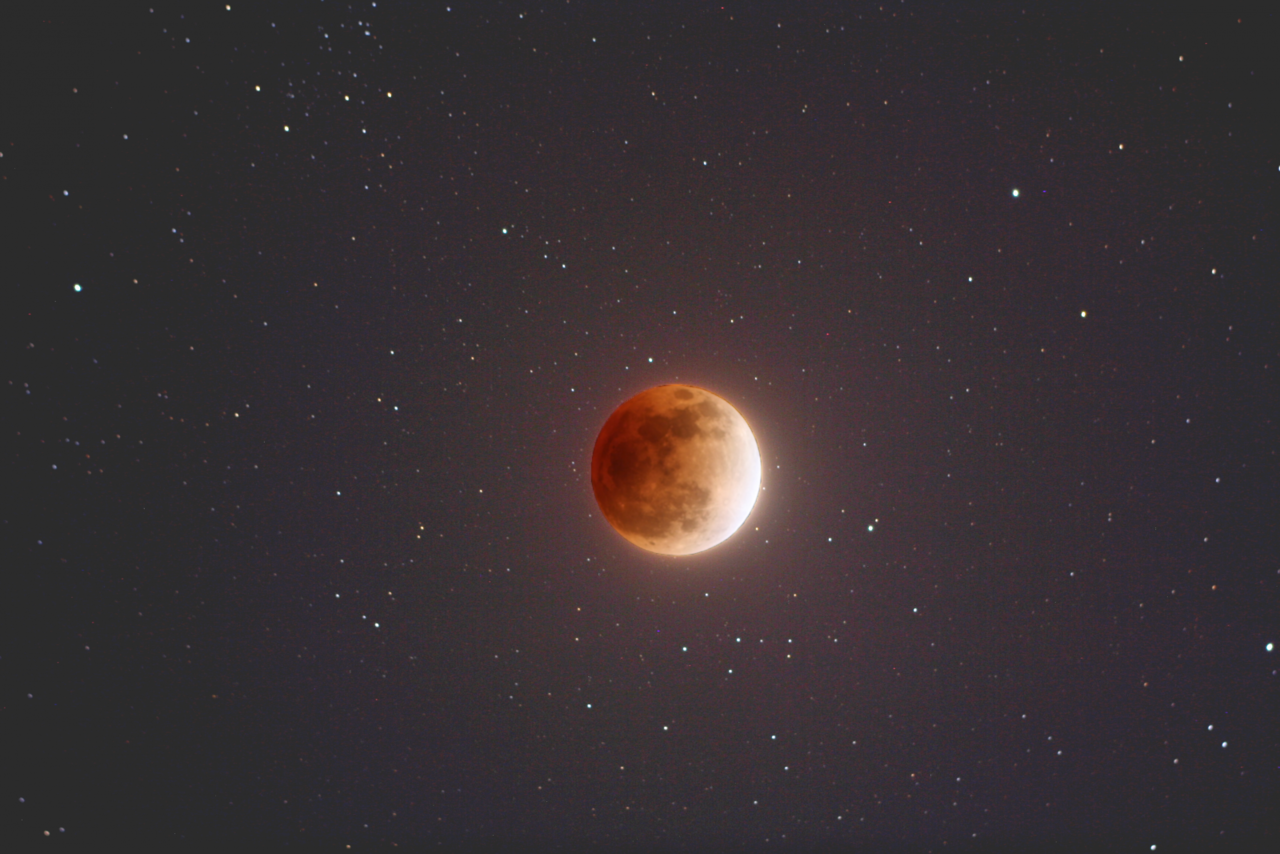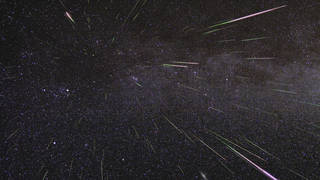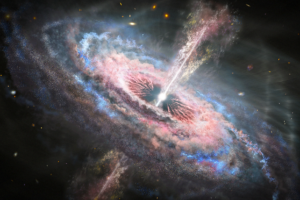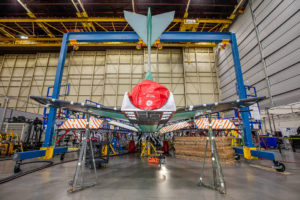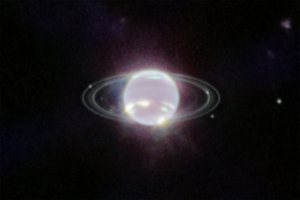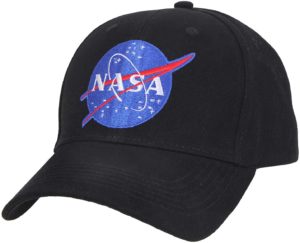NASAが2028年から2030年に向けて、金星に関する新たなミッションを開始すると発表しました。
しかも同時に2つ!
- DAVINCI+ (Deep Atmosphere Venus Investigation of Noble gases, Chemistry, and Imaging)
- VERITAS (Venus Emissivity, Radio Science, InSAR, Topography, and Spectroscopy)
そこで気になるのが、なぜ、今、再び金星なのか?です。
金星が地球に最も近い惑星ということもあって、アメリカとロシア(当時はソビエト連邦)が熾烈な探査競争をしていたのは50年以上も昔の話。
1970年から1980年代には、金星地表に探査装置が着陸し、地表の様子の画像や地質分析までされました。
その後、1990年代以降、探査機が金星に近寄るのは別目的地に向かう際の通過のみという寂しさ。
ハッキリ下品な推測をさせていただくとすると、金星では人類が期待していたお宝が見つからなかったということかと。
今回の2つのミッションについては、「かつて地球のような海や大気を持っていたはずの金星が、なぜ今のような状態になっているかを解明する」のだと伝えています。
蛇足ながら、開発費が約5億ドルで済む、というお手軽さも重要だったかもしれません。
This image of Venus is a composite of data from NASA’s Magellan spacecraft and Pioneer Venus Orbiter.
Credits: NASA/JPL-Caltech
ちなみに、上記画像はNASAのマゼラン探査機とパイオニア探査機からの観測データを合成して画像処理したものです。
NASA Selects 2 Missions to Study ‘Lost Habitable’ World of Venus
NASA has selected two new missions to Venus, Earth’s nearest planetary neighbor. Part of NASA’s Discovery Program, the missions aim to understand how Venus became an inferno-like world when it has so many other characteristics similar to ours – and may have been the first habitable world in the solar system, complete with an ocean and Earth-like climate.
These investigations are the final selections from four mission concepts NASA picked in February 2020 as part of the agency’s Discovery 2019 competition. Following a competitive, peer-review process, the two missions were chosen based on their potential scientific value and the feasibility of their development plans. The project teams will now work to finalize their requirements, designs, and development plans.
NASA is awarding approximately $500 million per mission for development. Each is expected to launch in the 2028-2030 timeframe.
The selected missions are:
DAVINCI+ (Deep Atmosphere Venus Investigation of Noble gases, Chemistry, and Imaging)
DAVINCI+ will measure the composition of Venus’ atmosphere to understand how it formed and evolved, as well as determine whether the planet ever had an ocean. The mission consists of a descent sphere that will plunge through the planet’s thick atmosphere, making precise measurements of noble gases and other elements to understand why Venus’ atmosphere is a runaway hothouse compared the Earth’s.
In addition, DAVINCI+ will return the first high resolution pictures of the unique geological features on Venus known as “tesserae,” which may be comparable to Earth’s continents, suggesting that Venus has plate tectonics. This would be the first U.S.-led mission to Venus’ atmosphere since 1978, and the results from DAVINCI+ could reshape our understanding of terrestrial planet formation in our solar system and beyond. James Garvin of Goddard Space Flight Center in Greenbelt, Maryland, is the principal investigator. Goddard provides project management.
VERITAS (Venus Emissivity, Radio Science, InSAR, Topography, and Spectroscopy)
VERITAS will map Venus’ surface to determine the planet’s geologic history and understand why it developed so differently than Earth. Orbiting Venus with a synthetic aperture radar, VERITAS will chart surface elevations over nearly the entire planet to create 3D reconstructions of topography and confirm whether processes such as plate tectonics and volcanism are still active on Venus.
VERITAS also will map infrared emissions from Venus’ surface to map its rock type, which is largely unknown, and determine whether active volcanoes are releasing water vapor into the atmosphere. Suzanne Smrekar of NASA’s Jet Propulsion Laboratory in Southern California, is the principal investigator. JPL provides project management. The German Aerospace Center will provide the infrared mapper with the Italian Space Agency and France’s Centre National d’Etudes Spatiales contributing to the radar and other parts of the mission.
